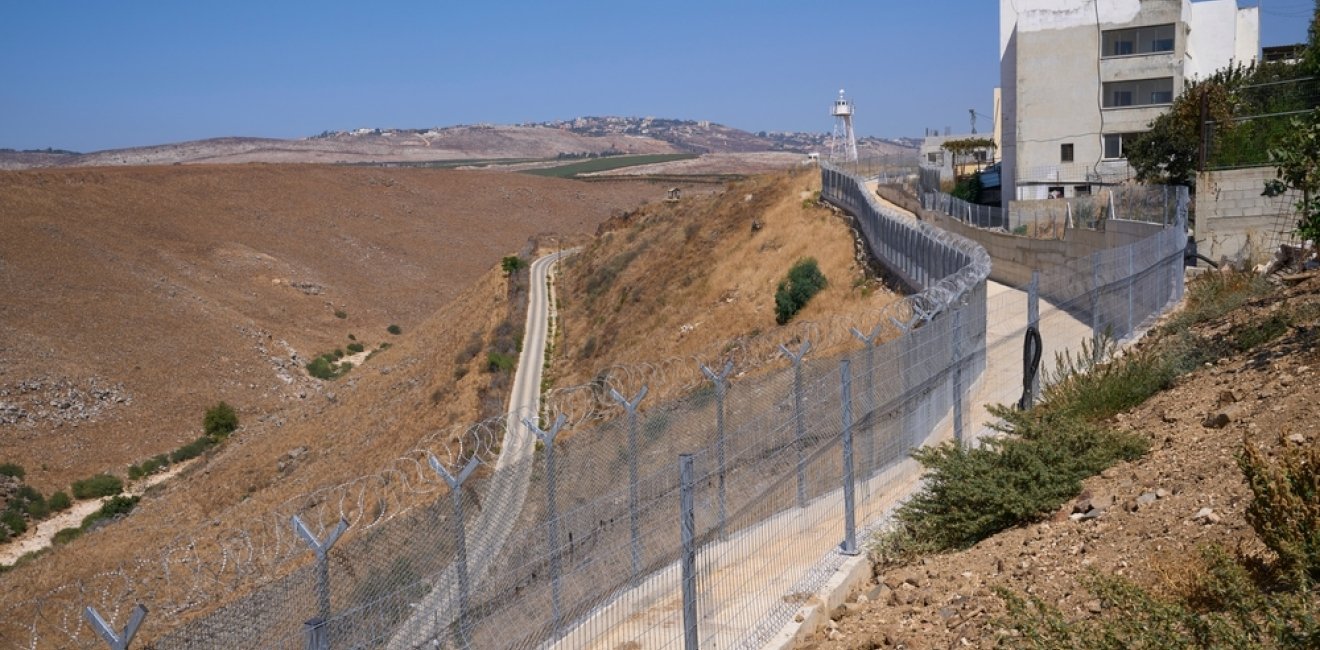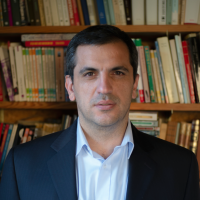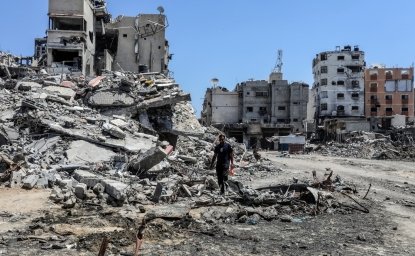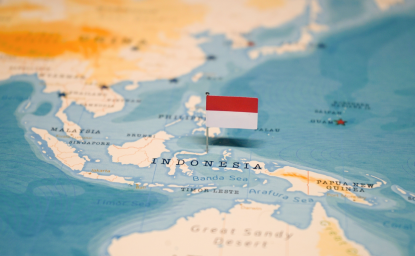There is an apparent offensive shift in Israel’s regional strategy that began in recent weeks. It can be explained by several factors, including Israel’s motivation to shift focus away from the impasse in Gaza and, most importantly, to send a clear message to both Iran and the United States. Iran has since retaliated by hitting soft regional targets meant to rally allies rather than to provoke foes.
Several new trends indicate the strategy shift. Israel has been systematically targeting key liaison figures in the so-called “resistance axis” spearheaded by Iran.
Several new trends indicate the strategy shift. Israel has been systematically targeting key liaison figures in the so-called “resistance axis” spearheaded by Iran. On December 25, Israel killed the senior adviser and coordinator of the military alliance between Syria and Iran in the Iran Revolutionary Guard Corps, Brigadier General Razi Mousavi. The next target on January 2 was Hamas’ senior leader, Saleh al-Arouri, who is the link between Hamas, Hezbollah, and Iran. On January 8, Israel killed in an airstrike the deputy commander in Hezbollah's elite Radwan Unit, Wissam el-Tawil.
A Strategic Shift
Typically, Israel has rarely initiated alone the killing of such “high value” targets in the past 15 years. For instance, the US initiated the killing of former Quds Force commander Qassem Soleimani in January 2020 in Iraq, while the killing of Hezbollah leader Imad Mughniyeh in 2008 in Syria was a joint American Israeli operation. Now, however, Israel seems uninhibited from taking such actions by targeting the most prominent Iranian military advisors in a strategic point in the Sayyida Zeinab area in the Damascus countryside. With al-Arouri’s killing in Beirut, Israel expanded the level and scope of its offensive approach, shifting from Syria to Lebanon in another strategic point in Hezbollah’s stronghold in the southern suburb of Beirut for the first time since the July 2006 Israel-Lebanon conflict.
For months, the Biden administration has been asking Netanyahu to move from intense aerial bombardment in Gaza to a second phase focusing on prominent Hamas leaders, raids based on intelligence information, and so-called precise surgical operations. Since October 7, Israel has only been able to target Ayman Nofal, a member of the Supreme Military Council of the Al-Qassam Brigades, in an air strike on October 17. There is difficulty on the ground in killing “high-value” targets such as Muhammad al-Deif and Yahya al-Sinwar, and targeting Hamas political leaders abroad may lead to diplomatic tensions with Qatar or Turkey. Therefore, Al-Arouri was the softer target on the list due to his movements in Beirut.
Now, the Lebanese front has become an easier theater for the Netanyahu government to distract from the military and diplomatic impasse in Gaza.
From a tactical standpoint, this offensive shift is most likely motivated by two factors related to both Gaza and the Lebanese border. First, the options on the Gaza battlefield are limited given the rising death toll among Israeli soldiers since the ground invasion began, most notably last December, and the inability to fully undermine Hamas’ fighting capability, which is the ambitious goal set by the Netanyahu government since the October 7 attack. Israel has since scaled down its troop deployment in Gaza, which shifted attention to the relatively more predictable front in Lebanon. Hezbollah began cross-border attacks on October 8 as an attempt to distract Israel from solely focusing all its military assets on Hamas, as stated by Hezbollah Secretary General Hassan Nasrallah. Now, the Lebanese front has become an easier theater for the Netanyahu government to distract from the military and diplomatic impasse in Gaza.
Containing Regional Conflict
Senior White House adviser Amos Hochstein has visited both Israel and Lebanon to ease tensions, as Secretary of State Anthony Blinken was on a regional tour. Iran’s ambassador to Syria, Hossein Akbari, claimed that the US has sent to Iran, via an Arab country in the last few days of 2023, an offer to resolve regional conflicts, which was not denied by the Biden administration. Nasrallah’s subdued speeches and his acknowledgment of Lebanese domestic constraints have encouraged Israel to increase pressure to push Hezbollah militants north of the Litani River. Nasrallah said that the response to the killing of Al-Arouri will be on the Lebanese border and, therefore, does not suggest a radical escalation. Despite launching projectiles on Israeli military targets, some of them reaching 20 kilometers deep for the first time, Hezbollah remains restrained as message exchanges continue between the armed group and Western officials via the Lebanese caretaker government.
The approach of Iran and its proxy has been to increase political and military intimidation against Washington in the region to compel the US to pressure Israel to accept a ceasefire in Gaza. Now, Israel is shifting the dynamics by increasing the offensive against Iran. The Biden administration, however, is combining both deterrence and indirect engagement in its response. After the October 7 operation, Hamas and its leaders became one of the US administration’s priorities in terms of tracking, sanctioning, and stopping sources of funding, and Washington returned the Houthis to the list of terrorist groups.
The US is still, however, in a defensive posture to deter Iran compared to the offensive Israeli approach. In this context, the US targeted the leader of the “Al-Nujaba Movement,” Mushtaq Talib Al-Saidi, on January 4 in Iraq to deter further attacks on American targets. Iran retaliated this week in a limited fashion merely to make a statement. Iran’s Revolutionary Guard targeted Jaish al-Adl or the “army of justice” in Baluchistan in Pakistan and launched ballistic missiles on what Iran claims to be an Israeli Mossad headquarters in Kurdish controlled city of Erbil in northern Iraq and on Daesh targets in Syria. All these targets include governments that are friendly with Iran short of direct retaliation against either Israel or the US.
This offensive Israeli strategy does not only target Iran but also aims to pressure the Biden administration.
This offensive Israeli strategy does not only target Iran but also aims to pressure the Biden administration. While the White House continues to support Israel’s military campaign in Gaza, disagreements between the two parties began last November on the timeline and nature of the campaign in Gaza and the phase that follows announcing the ceasefire. Through the assassination of al-Arouri, Israel is appeasing the Biden administration’s expectation that it needs to shift to the next phase in the Gaza war but it is also sending a message that the way forward is to take the fight to Iran rather than engagement.
The views expressed in this article are those of the author and do not express the official position of the Wilson Center.






